When exploring the fauna and flora of exposed and engraved rocks, one can’t help but marvel at the tenacity of life in such harsh conditions. Lichens cling to rocky surfaces, while vibrant alpine flowers like Edelweiss add a splash of color to the stark landscape. Unique creatures, like the Saga pedo grasshopper, find their niche in this rugged environment, revealing fascinating adaptations. But what really ties these organisms to their rocky homes, and how do they survive where few can? The answers might just surprise you.
Key Points
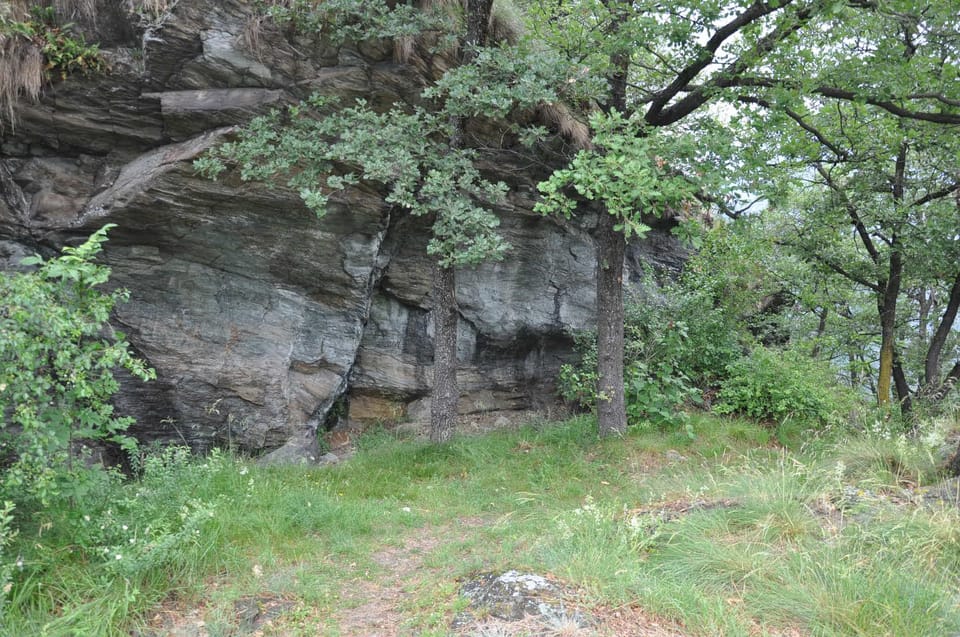
- Exposed rocks host unique flora such as lichens, mosses, alpine flowers, and succulents, showcasing resilience in harsh environments.
- Flora like lichens and mosses thrive on rocky surfaces, while alpine flowers add color to barren landscapes.
- Fauna adaptations, such as nocturnal behavior and burrowing, help species survive in arid conditions surrounding exposed rocks.
- Notable species in these habitats include the Saga pedo grasshopper and Parnassius apollo butterfly, enhancing biodiversity.
- Ancient rock carvings illustrate human connections to these ecosystems, emphasizing the historical significance of flora and fauna interactions.
Overview of the Experience
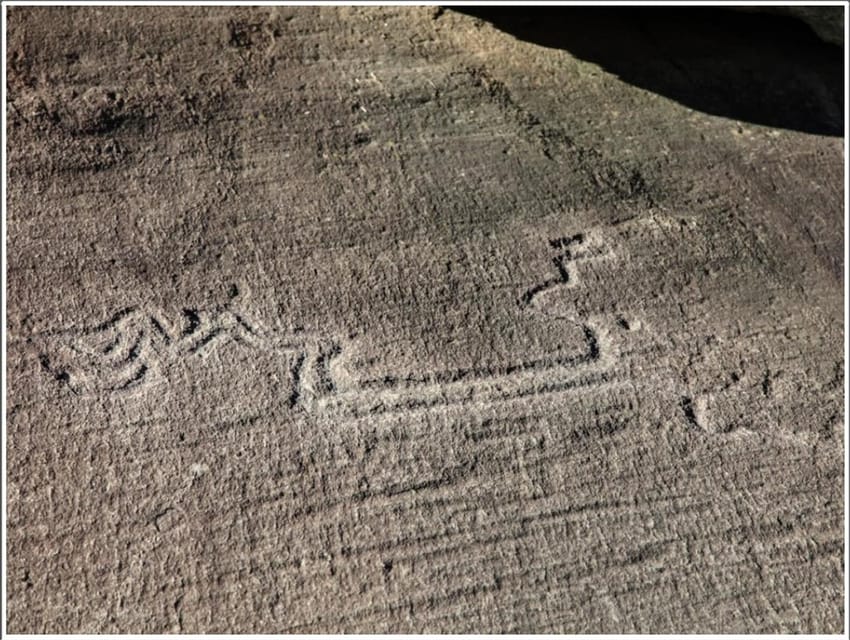
The Fauna and Flora of Exposed Rocks experience offers an exciting opportunity for nature lovers to dive into the stunning landscapes and unique wildlife of the southern Alps while exploring ancient rock carvings that tell stories of our past.
Guided by a specialist, participants get to wander through xerothermic oases, spotting protected species like the massive Saga pedo grasshopper and various rare butterflies.
It’s not just about the critters; the region’s flora showcases incredible resilience to the arid climate.
With the chance to snap beautiful pictures, pack your camera, binoculars, and outdoor gear, and prepare for a day filled with discovery.
This experience is perfect for those looking to connect with nature in a breathtaking setting.
Historical Significance of Rock Carvings
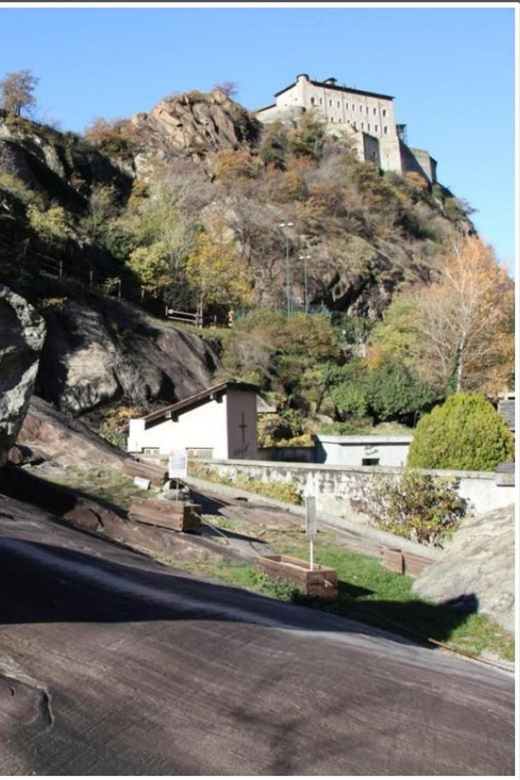
Exploring the ancient rock carvings not only reveals fascinating stories from our past but also highlights the deep connection between these artworks and the natural landscape surrounding them.
These carvings, dating back tens of thousands of years, offer glimpses into the lives, beliefs, and environments of our ancestors. Each engraving tells a tale, symbolizing a rich history intertwined with the geological and ecological elements of the region.
They serve as a testament to humanity’s creativity and adaptability in harmony with nature.
As visitors explore these sites, they uncover not just art, but a narrative that bridges generations, reminding us of the enduring relationship between people and their environments throughout history.
Unique Flora of Exposed Rocks
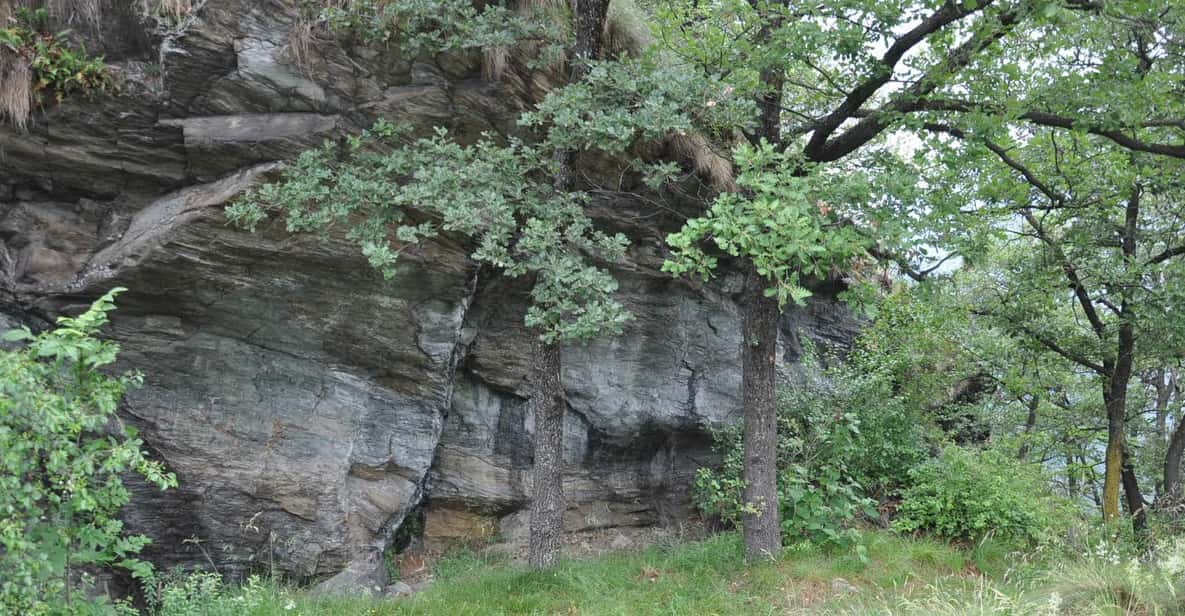
Unique plant species thrive on exposed rocks, showcasing nature’s resilience and adaptability in harsh environments. These tough plants have found a way to flourish where others can’t, proving that life can persist even in the most extreme conditions.
Some of the remarkable flora include:
-
Lichens: These hardy organisms create a symbiotic relationship between fungi and algae, often adorning rocky surfaces.
-
Mosses: They add a splash of green, thriving in cracks and crevices, capturing moisture from the air.
-
Alpine flowers: These colorful blooms, like Edelweiss, add beauty to barren landscapes.
-
Succulents: Adapted to store water, they withstand long dry spells, showcasing their unique shapes and colors.
Together, they create a vibrant tapestry that highlights the beauty of resilience.
Adaptations of Fauna in Arid Regions
In arid regions, animals have developed remarkable adaptations that help them survive harsh climates and scarce resources. These adaptations include physiological changes, behavioral strategies, and unique reproductive methods. For instance, many creatures conserve water by being nocturnal, reducing their activity during the scorching day. Others have evolved specialized bodies that minimize water loss or store it efficiently.
Here’s a quick look at some adaptations:
| Adaptation | Example Animals | Purpose |
|---|---|---|
| Nocturnal Behavior | Desert fox, rodents | Avoid heat, conserve water |
| Body Structure | Camels, kangaroo rats | Minimize water loss |
| Burrowing | Ground squirrels, tortoises | Escape heat, find moisture |
These clever strategies allow fauna to thrive in environments where survival seems nearly impossible!
Notable Species in Valle D’aosta
Valle d’Aosta is home to some remarkable species that have adapted to its unique environment, showcasing the incredible diversity of life in this arid region. Visitors can spot several fascinating creatures that thrive in these challenging conditions.
Here are some notable species:
-
Saga pedo: The largest grasshopper in Europe, known for its impressive size and distinctive appearance.
-
Callimorpha quadripunctaria: A striking moth that adds color to the rocky landscape.
-
Parnassius apollo: A beautiful butterfly, famed for its delicate wings.
-
Anthus campestris: The meadow pipit, a small bird that nests in grassy areas.
These species illustrate how life can flourish even in tough environments, making Valle d’Aosta a true natural wonder.
Importance of Conservation Efforts
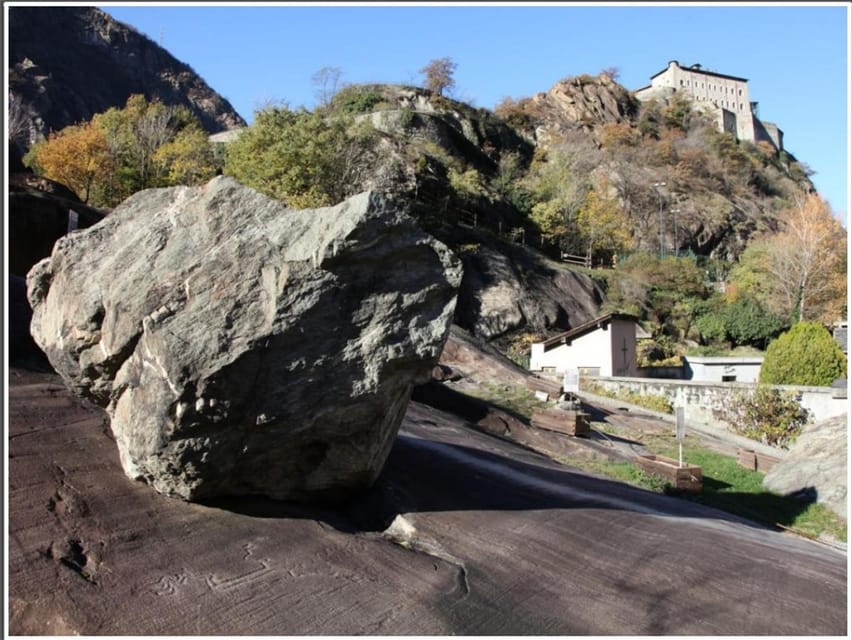
Conservation efforts play a vital role in protecting the incredible biodiversity found in exposed rocks and surrounding habitats, ensuring that future generations can appreciate these unique ecosystems. By safeguarding these areas, we not only preserve the rich flora and fauna but also maintain the delicate balance of their environments.
These efforts help combat threats like climate change, habitat destruction, and invasive species that can drastically alter the landscape. Engaging local communities in conservation fosters a sense of ownership and responsibility, encouraging sustainable practices.
On top of that, educating people about the significance of these ecosystems cultivates respect and appreciation for nature. Ultimately, strong conservation initiatives create lasting impacts, allowing both wildlife and humans to thrive in harmony for years to come.
Preparing for Your Adventure
Before heading out on this exciting adventure, participants should gather essential gear and prepare for a day of exploration among the stunning flora and fauna of exposed rocks. It’s all about being ready for whatever the day throws at you!
Here are some must-haves to bring along:
-
Camera – Capture the beauty around you.
-
Food and drinks – Stay energized while you explore.
-
Outdoor clothing – Dress for the wild; it can get dirty!
-
Charged smartphone – Stay connected and navigate easily.
With these essentials in hand, everyone will be set for a fantastic day of discovery.
Capturing Nature’s Beauty
Capturing nature’s beauty is all about seizing the moment, whether it’s the vibrant colors of wildflowers or the intricate patterns of ancient rock carvings.
Participants on this adventure get to explore breathtaking landscapes while snapping photos of unique flora and fauna. From the largest grasshopper in Europe to rare butterflies, every detail tells a story.
The guide encourages everyone to look closely, revealing hidden gems amidst the rocky terrain. With a charged smartphone and binoculars handy, capturing stunning shots is a breeze.
Plus, sharing these experiences with friends and family creates lasting memories. So, whether you’re wandering through xerothermic oases or examining engravings, it’s all about appreciating the beauty that surrounds you!
Frequently Asked Questions

What Is the Best Time of Year for This Activity?
The best time for this activity’s usually spring or early autumn. During these seasons, temperatures are mild, and nature’s in full bloom, making it perfect for exploring and capturing stunning photographs of the vibrant landscapes.
Are There Age Restrictions for Participants?
There aren’t strict age restrictions for participants. It’s more about the ability to enjoy the experience. Families with kids often join, making it a fun adventure for everyone, regardless of age.
Can We Bring Pets on the Tour?
They can’t bring pets on the tour. The organizers prioritize safety and comfort for all participants, so it’s best to leave furry friends at home. They’ll have a great time exploring nature without distractions!
Is Transportation Provided to the Starting Point?
He asked if transportation’s provided to the starting point. The answer’s no; participants need to arrange their own transport. However, the adventure awaits them once they arrive—you won’t want to miss it!
What Safety Measures Are in Place During the Tour?
During the tour, they’ve got safety measures like experienced guides, first aid kits, and clear instructions. Participants can enjoy exploring with peace of mind, knowing they’re in safe hands throughout the adventure.
Not for you? Here's more of our most recent tour reviews happening neaby
Recap
Exploring the fauna and flora of exposed and engraved rocks reveals a vibrant world full of life and resilience.
From hardy lichens to the stunning Edelweiss, these organisms showcase nature’s incredible adaptability.
Plus, unique species like the Saga pedo grasshopper and Parnassius apollo butterfly highlight the rich biodiversity in places like Valle D’aosta.
As we marvel at these natural wonders, let’s remember the importance of conservation efforts to protect these fragile ecosystems for future generations.
